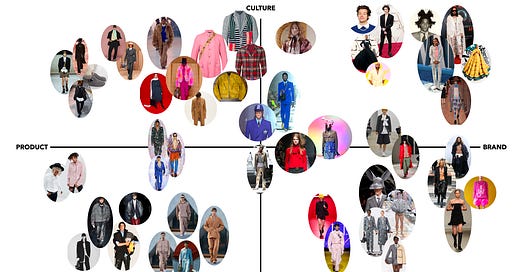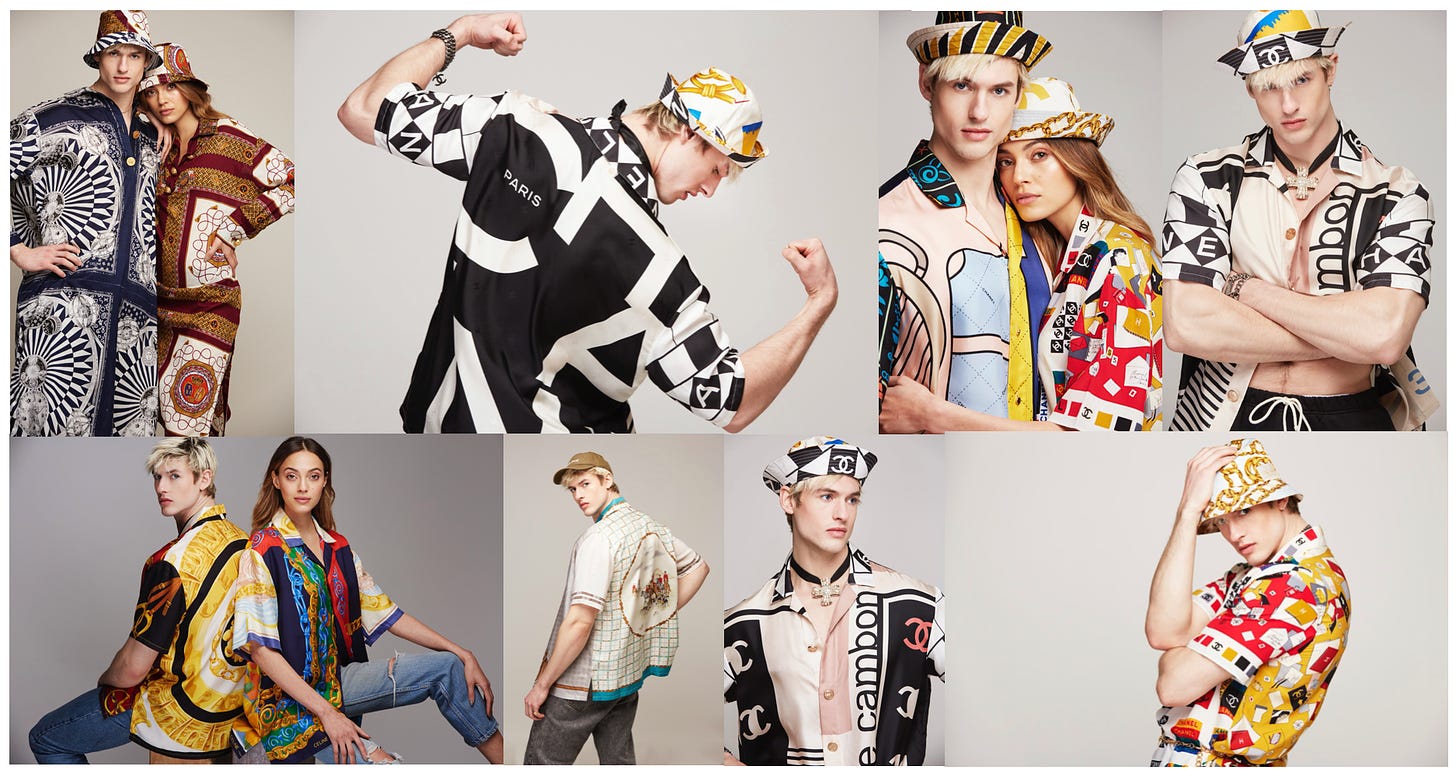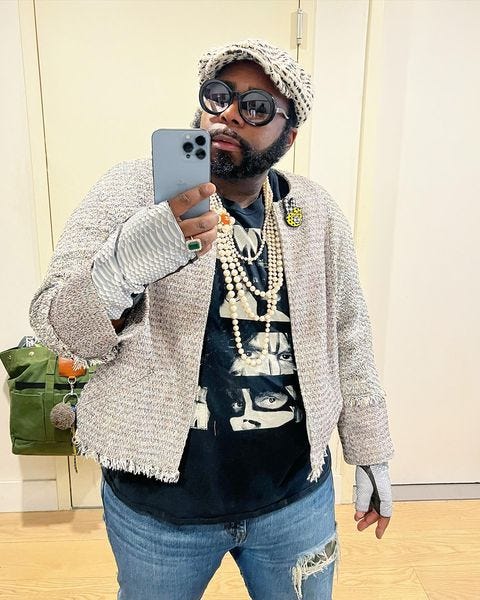Welcome to the Sociology of Business. A couple of announcements. Starting with this issue, I will be endorsing companies that impressed me with their passion, taste, imagination and their take on the aspirational economy. Also starting this week, the Sociology of Business is going offer a paid membership program, for the members of this community who want to be the first to access everything from Web3 brand-building to the new business models and creative formats. Since its inception, the Sociology of Business has been the source code for many further analyses, strategies and brand-building approaches. Members will now have preferential access. If you are not yet subscribed, join the community by subscribing below and joining the Sociology of Business Discord. You can find my book, The Business of Aspiration on Amazon and you can find me on Instagram and Twitter. For those new here, in my last analysis, Not Normal, I analyzed why normality should never be an aspiration, why we are regularly confusing “normal” with “norm” and “normative,” and what kinds of decisions that led us to.
Menswear is loaded with meaning. One meaning is cultural, and reflected in the theme and curatorial angle of Victoria and Albert Museum’s current exhibit, “Fashioning Masculinities.” The exhibit depicts the symbolism of colors and shapes of menswear through ages, drawing a full circle with Gucci and Harris Reed’s creations. Another meaning is social, and it claims that the modern femininity cannot exist without modern masculinity. The social focus on equality transforms all genders, and gives rise to the new ones. Yet another meaning is economic, where new approaches to design, merchandising and communication transform the menswear market.
To explore all these different aspects of menswear market, I charted the analytical territory defined by two axes. Horizontal axis has two points: brand and product. Vertical axis has two points: culture and consumer. Companies and individuals that populate this territory are clustered based on whether that have brands with a signature aesthetic, strong storytelling and a formed point of view; whether they have high-quality, distinct products; whether they influence culture; and whether they are aligned with customers’ lifestyles. Some examples check all the boxes; others firmly belong to only one category.
See the four quadrants after the jump:
The first time I met Logan, he brought me a Lee Radziwill Assouline book. Chic. The last time I saw him, he was telling me about J. Logan Home. Très chic. J. Logan Home is a distillation of Logan’s impeccable taste mixed with his crazy passion and an original approach to sustainability. Having settled himself in the collector’s enclave of Palm Beach, Logan started buying pre-owned luxury accessories - Gucci ties, Hermès scarves - and turning them into household objects. Reborn, the memorable prints now also live as bucket hats (want!) and gender-neutral shirts. Très très chic.
Q1: Companies and individuals in the first quadrant actively influence the cultural conversation around masculinity. Pharrell, with his custom-made purple Birkin bag and strands of pearls, long time ago introduced “wear what looks good on you” vibe, regardless of the gender. “I think the truest definition of masculinity is the essence of you that understands and respects that which isn't masculine,” he noted. In the years since, luxury sites have been reporting a big uptick in interest in Birkins from their male audiences. The RealReal notes increases of 200-300% in the second half of 2021 for different versions of the Birkin. Christie’s, Bonhams and Sotheby’s shared that there has been a steadily growing percentage of male bidders at recent auctions, especially in Asia. Jacob Gallagher recently wrote about the trend, labeling the purse-loving men as “Birkin Bros.” Birking bros’ philosophy - perfectly summarized in Insta account Birkin Club for Boys - is about “now what you wear, but how you wear it” and “do whatever you want to do that makes you feel happy and comfortable.” Today, this philosophy is reflected in Harry Styles, David Glover, Timothee Chalamet, Jared Leto, Jeremy O. Harris’ style and Harris Reed’s and Alessandro Michele’s designs. Basquiat also famously played with genres, foreseeing ambiguous formalwear seen at Comme Des Garcons and Yohji Yamamoto. This quadrant captures social criticism of patriarchy and the pioneering notions of masculinity. Keyword is transformation.
Q2: In the second quadrant are visionaries who imposed their own imagination on the category. Thom Browne, Rick Owens, J.W. Anderson and Prada are in this category.
The rest of the analysis is for the paid subscribers.
Keep reading with a 7-day free trial
Subscribe to The Sociology of Business to keep reading this post and get 7 days of free access to the full post archives.







